You’ve probably heard of Cusco while planning your trip to Peru—it’s the stop everyone makes before heading to Machu Picchu. But there’s a lot more to this city than just being a jumping-off point. Cusco is packed with history, culture, and things to explore.
Here, we’ll break down everything you need to know about visiting Cusco—how to get here, what to do while walking around, and tips for making the trip to Machu Picchu. Check out the table of contents to jump around, and feel free to drop any questions at the end—we’re here to help!
Cusco Overview
Just like Rome or Beijing, Cusco holds the proud legacy of being the capital of a legendary empire—the Inca Empire, the most powerful in South America. Originally named “Qosqo” or the Navel of the World, Cusco is Peru’s most renowned city, combining history and charm in a way few other places can. Its enchanting streets and beautiful churches, a mix of Inca and Spanish architecture, earned it the status of a UNESCO World Heritage Site in 1983.
During the colonial era, Cusco became the heart of the Viceroyalty of Peru, a massive territory that stretched from Colombia to Chile. Today, it draws thousands of visitors each year, who come to explore its historic downtown and use it as a base for other amazing destinations. With its modern energy and timeless appeal, Cusco is one of those places that’s sure to stick with you long after you’ve left.
Why visit Cusco? - The real question is, why not visit it? Cusco’s historical and cultural significance, combined with its peaceful atmosphere, are the main reasons why you shouldn’t miss it. Sure, it’s a bit busy at times, but let’s not forget it’s the gateway to Machu Picchu and the starting point for other destinations like Rainbow Mountain, the famous Inca Trail, or the Salkantay Trek.
Map and Facts
Location Population Elevation Airport Capital Time Zone |
Where to start? - Arriving in Cusco
If you're traveling from Lima, getting to Cusco is relatively easy. Your starting point will be Jorge Chavez International Airport, where most people connect to the rest of the country.
1. By Air
This is the easiest way to arrive in Cusco, with plenty of direct direct flights from Lima. The flight takes about 50 min to 1 hour, and from the airport (Alejandro Velasco Astete), it’s another 15-20 minute drive to the city center.
- Operating Airlines: Latam, Sky Airlines, Jetsmart.
2. By Bus
If you’re on an adventure or traveling on a budget, this is your way to go. The bus journey usually takes 22 hours, depending on the route you take. It’s not the quickest option, but it’s definitely cheaper than flying. Bus tickets range from 70 to 90 soles (around 25$), but you can get exclusive buses for around 180 soles (50$). The advantage is that you get to see different landscapes and cities along the way.
- Best bus companies: Cruz del Sur, Oltursa, RedBus (booking platform)
Weather and Best Time to Go
Cusco sits high up in the Andes, which means the weather can be pretty unpredictable and changes throughout the year. There are two main seasons here: the dry season and the rainy season, both of which affect Machu Picchu too. This is why you should be prepared and be ready before embarking on your trip.
Dry Season
The dry season runs from May to October, and it’s the most popular time to visit Machu Picchu, with sunny days and clear skies. The nights can get really cold, sometimes dropping to -2ºc, especially in June and July. Just a heads up, this is the peak tourist season, so expect to find crowds and waiting lines at major attractions.
- Temperature: Min -2ºC (28ºF) - Max 21ºC (69.8ºF)
- Pros: Sunny, clear days
Rainy Season
The rainy season, which lasts from November to April, coincides with summer on the coast. But in the Andes, it’s an entirely different story. You’ll find a mix of rainy, humid days and overcast skies, with occasional sunny breaks in November and April. On dry days, the weather is warm, and the nights are milder compared to the dry season.
- Temperature: Min 6ºC (42.8ºF) - Max 23ºC (73.4ºF)
- Pros: Green landscapes and fewer crowds
- Rainiest month: February
Best time to Go
The best time to visit Cusco is during the dry season and the shoulder seasons. These include April, May, September, October, and sometimes November. The weather is usually good, and there are fewer crowds, making it a great time to explore.
Altitude sickness: is it a real issue?
Cusco sits at 3,400 meters above sea level (11,867 ft), where the air is thinner and contains less oxygen than you might be used to. If you’re not prepared, this sudden change can lead to altitude sickness, causing symptoms like headaches, dizziness, or fatigue—especially during your first day in the city.
The key is preparation. We recommend you arrive at least two days before starting any trek, as it gives your body the chance to acclimatize, making a huge difference in how you feel. Plus, if you follow some simple tips (like staying hydrated and avoiding heavy meals), you’ll likely adapt quickly.
The good news is that Machu Picchu and Aguas Calientes are much lower, at around 2,000 meters (6,561 ft), where the risk of altitude sickness is minimal. With a little planning, you can enjoy your adventure without any major issues.
Things to do in Cusco
It may feel like the most exciting attractions around Cusco are located outside the city itself, but it’s worth setting aside at least one day to explore its charming streets and uncover the Andean culture that still thrives here.
If you're short on time, Centro Histórico is the area to prioritize. The more time you have, the better, as it allows you to roam freely and stumble upon hidden sites in the city.
To help you plan, we've compiled a list of the top activities in Cusco and recommended day trips nearby.
Wander Plaza de ArmasPlaza de Armas is the heart of Cusco, home to its most iconic churches and remnants of Incan palaces. It’s also where you’ll find many hotels, restaurants, and cafés. You can join a free walking tour or simply explore at your own pace. Highlights include:
| A City TourA city tour is a great way to experience Cusco’s history and explore its monuments. These tours typically include key landmarks in the city and nearby archaeological sites. Some of the sites include: Qoricancha (Temple of the Sun), Plaza de Armas, 12-Angled Stone.
|
SacsayhuamanThis is the most impressive monument located just 15 minutes from the city. This gigantic walled "fortress" features huge walls from Inca times and has been used to celebrate the famous Inti Raymi Festival. While there, you can take a short 10-minute walk to Cristo Blanco for panoramic views of Cusco. Read more about: Sacsayhuaman | Museums and ChurchesIf you’re into history or art, Cusco’s museums are worth a visit. Most of them are in old convents or churches, and they’re filled with colonial paintings, artifacts, and treasures from the Inca and pre-Inca periods. You’ll see gold, silver, and other materials that showcase the craftsmanship of those times. Read More: Top 10 Best Museum in Cusco You Should Visit |
Visit archaeological sitesThe archaeological sites around Cusco are a must-see if you want to understand the city’s history. They’re easy to get to and offer a mix of ruins from the Inca and even earlier periods. Some of the most famous site include: Tambomachay, Inkilltambo, Qenqo, and Puca Pucara | Explore San Blas NeighborhoodKnown as the "Artisan Neighboorhood", San Blas is perfect for a walk and explore the Art scene in Cusco. You'll find many galleries showcasing local art, small shops with handmade crafts and bars with incredible city views. It's also a great place enjoy some of the best restaurants in the city. |
Explore San Pedro Market | A Food Tour |
For more details, take a look at our complete guides of Cusco:
Getting Around Cusco
- Cusco’s city center is small and easy to navigate on foot. Most places are within a 15–30-minute walk, so you might not even need other transportation for short distances. The area around Plaza de Armas has the most attractions, restaurants, shops, and museums, making it a great starting point.
- Taxis are everywhere in Cusco, and you won’t have trouble hailing one on the street. Just make sure to agree on the price before starting your trip. Apps like Uber and InDrive are also great options for getting around and save you from negotiating fares.
- For nearby ruins like Sacsayhuaman, walking is a good option. It takes about 30–40 minutes from downtown, but taxis are always available if you'd rather skip the climb. If you're planning to visit places further out, like Pisac or Ollantaytambo, Colectivo stations are accessible and a practical choice.
- Make sure to get the Boleto Turístico, which is required to enter many popular sites in and around Cusco.
Map of Cusco Attractions
If you're someone who turns to Google for everything, here's a map with all the tourist attractions in Cusco so you can take your time and explore everything there is to discover. The map is marked with pins to help you locate them easily.
Best Day Tours from Cusco
We recommend arriving in Cusco at least 2 days before your big trip to Machu Picchu; you should rest to adapt to the altitude or explore Cusco City or the Sacred Valley.
- Cusco City Tour
On a half-day tour, explore the best of Cusco City, the most important streets, plazas, temples, Saqsayhuaman, Quenqo, PukaPukara, and Tambomachay.
- Sacred Valley Full-day Tour
The Sacred Valley tour will allow you to spend a beautiful full day exploring Pisaq, Urubamba, Ollantaytambo, and Chinchero.
- Super Sacred Valley Full-day Tour
On a full-day tour, visit Pisaq, Ollantaytambo, Salineras of Maras Moray, and Chinchero.
- Maras Moray, Salineras Half Day tour
Visit the Circular terraces at Moray, Maras town, Salineras, and Chinchero for a Textile demonstration to support local women.
Where to Stay? - Best Hotels in Cusco
Cusco has something for every type of traveler. The historic town is known for its colonial casonas, many of which have been turned into museums and hotels. We recommend staying in the city center because it’s easy to get around, but Airbnbs are also a good option. No matter what you choose, there are plenty of places to stay, so finding somewhere to rest won’t be a problem. Here's a list of our top picks based on the budget and category:
Budget
- Black Llama Hostel: A clean and comfortable hostel with shared dorms and private rooms. It has a garden, bar, coffee shop, and free breakfast. It's just two blocks away from Plaza de Armas.
Meson De La Estrella 172, Cusco 08002
- Ayni Cusco: Although far from downtown, it has great views of the city.
Andrés Avelino Cáceres A-6, Cusco 08001
Mid-range
- Munay Wasi Inn
Av Tullumayo, 418 - Cusco
- Monasterio San Pedro
Cascaparo 116, Cusco 08002
- Anahuarque Boutique
C. San Agustin 236, Cusco 08002
- Maytaq Wasi
Sta. Catalina Ancha 342, Cusco 08002
Luxury
- JW Marriott: This hotel is inside a completely restored 16th-century convent. The oxygen-enriched rooms are great for dealing with Cusco’s altitude, and they even have a spa for some downtime. There are also two small exhibits with ancient Peruvian artifacts, which is a nice bonus.
Address: Esquina De La, Ruinas 432, Cusco 08001
- Belmond Palacio Nazarenas: This hotel is all suites, and the rooms come with oxygen to make the altitude easier to handle. There’s also a heated outdoor pool and a spa with treatments using local ingredients. The location is quiet but close to everything, and the food at the on-site restaurant is solid.
Address: Nazarenas 223, Cusco
- Aranwa Cusco Boutique: Located near Plaza Regocijo, this boutique hotel has a colonial style with cozy rooms. The on-site spa is great for relaxing, and the restaurant serves good food. Its location is super convenient for exploring the city’s main spots.
Calle San Juan de Dios 255 near Plaza Regocijo, Cuzco 08002
Recommendation: When choosing a hotel or Airbnb in Cusco, make sure it has easy access to main routes. Many places are scattered across the city, and some can be tricky to get to. If you need help finding the right spot or want personalized recommendations, feel free to reach out to the TreXperience Team—we’re here to help!
Where to Eat? - Best Restaurants in Cusco
Cusco is no exception when it comes to amazing Peruvian food. While the local food has its own unique flavor compared to the rest of the country, you’ll still find plenty of national and international dishes with a Cusqueñan twist. For the most traditional Cusqueñan flavors, plan your visit during festivals like Corpus Christi, Holy Week, or the Cusco Anniversary in June. Guinea pig (cuy) is a classic here—while not an everyday meal, it’s considered a signature dish. Here’s a handpicked list of restaurants based on their reviews and budget:
Budget
- San Pedro Market: The most famous market in the city. It has its food stands, where you can find classics like Caldo de Gallina, Lomo Saltado, or Bisteck Montado. It's affordable, yet it's a lifesaver if you're traveling on a budget.
- El Mordisco: Serves the classic Peruvian dishes
C. San Juan de Dios 298, Cusco 08002
High-end
- Morena Peruvian Kitchen: Serves a modern twist on Peruvian cuisine, combining flavors from the coast, Amazon, and Andes. Known for its very stylish atmosphere.
C. Procuradores 320 Plaza De Armas, Cuzco 08002
- Kusykay Peruvian Craft Food: Focuses on Peruvian dishes with a creative twist, combining traditional recipes with a modern touch.
Calle Triunfo 338A Unos Metros De La Plaza de Armas, Cuzco 08002
- Cicciolina: Offers a mix of Italian and Peruvian food, combining Mediterranean-style dishes with local flavors.
Calle Palacio 110 2do Piso, Cuzco 08002
- Pachapapa: Traditional Cusqueñan food featuring classic regional dishes like roasted guinea pig and stuffed peppers.
Carmen Bajo 120 San Blas, Cuzco 08003
- Yaku Restaurant: Serves modern Peruvian food, reinterpreting classic dishes with fresh, local ingredients.
Calle San Juan de Dios 214 Plaza Regocijo, Cuzco 08002
Vegetarian & Vegan
- Organika: Farm-to-table organic dishes made with ingredients from their Sacred Valley garden. Known for its cozy vibe, creative presentations, and fresh options like salads, pasta, and Peruvian-inspired plates.
Calle Ataud N° 154 Centro Historico, Cuzco
- Green Point: A haven for vegans and vegetarians with innovative takes on traditional dishes. Highlights include their vegan ceviche, creative desserts, and budget-friendly daily menus in a laid-back atmosphere.
Carmen Bajo 235, Cusco 08003
Personal recommendation: If you’re craving authentic Peruvian food, I recommend Don Pancho. The service is spot on, and the food never disappoints—especially the criolla dishes, which I highly recommend trying. As a bonus, it has a balcony overlooking the Plaza de Arma, where you can enjoy the view while you eat. Address: Calle Portal de Panes 139, Plaza de Armas, Cusco
How to Get from Cusco to Machu Picchu
Getting from Cusco to Machu Picchu requires some planning. You will need to book your tickets in advance, especially during the high tourist season.
1. Train
This is the easiest and most popular way to reach Machu Picchu, especially for tourists. Most trains depart from Ollantaytambo, which is an hour from Cusco by car or bus. If you’re traveling on a budget, you can take a bus to Hidroelectrica and then walk for about three hours to Aguas Calientes, the town at the base of Machu Picchu. Another option is the Poroy train station, though it’s not always available.
›› For more details, check out our blog: Trains to Machu Picchu.
2. Hiking
If you’re feeling adventurous, this is a great way to get to Machu Picchu and see different sights along the way. The Inca Trail is the most popular route (24 miles on foot), which takes about 4 days to complete. You start in Cusco, wind your way through the Sacred Valley, ending with a spectacular view of Machu Picchu on the final day. Just remember to spend at least 2 days in Cusco beforehand to acclimatize to the altitude.
Train tours from Cusco to Machu Picchu
- Machu Picchu Full Day Trip from Cusco (Budget tour)
Spend a beautiful day exploring Machu Picchu with a full-day excursion from Cusco. Board the trains from the Andes into the Cloud Forest region and enjoy the mountains’ stunning scenery.
- 2 Day Tour to Machu Picchu
Board the Andean train from Cusco on an Incredible journey enjoying the beautiful scenery. Spend the night in Aguas Calientes and beat the crowds to Machu Picchu early in the morning.
- Best of Cusco, Sacred Valley, Machu Picchu Tour 4D/3N
Do you have a Short Time in Cusco? Then, this is the perfect tour for you. Explore the best of Cusco, visit the Sacred Valley, explore Machu Picchu, and ride the panoramic train Back to Cusco.
- Sacred Valley and Machu Picchu Tour 2 days
Explore the best of the Sacred Valley and Machu Picchu in only two days and one night. You will visit Awanacancha, Pisaq Market, Pisaq Inca Site, and Ollantaytambo while you get to Aguas Calientes and visit early Machu Picchu the next day for sunrise.
- Maras Moray Machu Picchu Tour 2 days
Visit Peru’s most exciting and unique Inca archaeological sites, starting in Chinchero, Moray, Maras, Salineras, and Ollantaytambo, and finally arrive at Machu Picchu.
Best Day tours after Machu Picchu
We recommend the following tours after Machu Picchu because they are higher than Cusco City. If you have problems with altitude before Machu Picchu, your trip might be affected, and you might cancel your big trip.
- Rainbow Mountain and Red Valley FD
Rainbow Mountain has recently become one of the most popular one-day hikes in the Cusco region. Enjoy our picnic-style breakfast and lunch prepared by our local trekking chefs.
- Humantay Lake Tour FD
Marvel at the beautiful lake and mountains and get stunning views. Enjoy our picnic-style breakfast and lunch prepared by our local trekking chefs.
- Queswachaca – The last Inca Bridge
Visit the last hanging Inca Bridge, built over the Apurimac River. Qeswachaca is located in the Cusco region in the Qehue district, Canas Province.
Best hiking tours to Machu Picchu
Hiking is one of the best ways to take advantage of your stay in Cusco, and there are many good reasons for that. Depending on your time or itinerary, you may hit the classic Inca Trail, or if you're more risky, take one of the many alternative routes that also lead to Machu Picchu. Just keep in mind that the Inca Trail is in high demand and involves a bit more planning. Here's a list of the best trekking tours to Machu Picchu:
- Classic Inca Trail Tour
Peru’s best and most popular hike. Here, you explore the iconic Inca Trail to Machu Picchu, camping in the mountains with comfortable equipment, excellent meals, and top-rated tour guides. We organize small, all-inclusive group tours to Machu Picchu with all equipment included. Permits are limited and sell out quickly, so planning ahead is key if this is on your list.
- Ultimate Salkantay Trek
If you're more into natural sights, this might be the trek for you. The trail includes the famous Salkantay Mountain and Humantay Lake, two of the most impressive sights. Enjoy the stunning scenery, breathtaking snowcapped mountains, picturesque valleys, beautiful lakes, waterfalls, and rural villages, and camp in a mountain in front of Machu Picchu. Enjoy an authentic camping experience in nature with tents, hot showers, Pachamanca, Coffee Tour.
- Short Inca Trail
The Inca Trail's two-day hike is a great alternative if you don't have as much time to hike the full version. This trek combines highlights of the Classic four-day trek with some of the most beautiful Inca ruins in the cloud forest’s dense vegetation. Entering Machu Picchu through the Sungate (Inti Punku) late in the afternoon is one of the best experiences you can have. Therefore, you have the unique opportunity to see the city almost empty.
- Lares Trek
If you love to go off the beaten path, this is where you can meet and interact with members of traditional Andean communities and hike the Andes in solitude. You will learn all about life in these isolated villages, become familiar with their culture and traditions, hike along with llamas and alpacas, and even visit a local school.
How challenging are the treks and tours?
All of our TreXperience tours and treks are designed so that trekkers of all abilities can complete them. Some sections of the trek are challenging, while others are much easier. Remember that nothing is impossible. Our guides are very experienced, they are used to accommodating groups of mixed abilities, and they will be there to help you. We advise you to exercise regularly before your trip and arrive in Cusco at least two days before your trek to acclimatize to the altitude. Tours to Machu Picchu by train are comfortable trips and can be done by anybody.
Travel Tips
How to avoid Altitude Sickness
- Deep breathing exercises.
- Rest and relax upon your arrival.
- Drinking a lot of water will help you adapt faster.
- Coca tea and muña tea from the Andes help to reduce altitude sickness.
- Alcohol and drugs are a big no if you are having trouble with the altitude.
- Diamox or Acetazolamide (you can find these medications in any drugstore in Cusco, please check with your doctor to ensure you are not allergic to any medicine).
- Supplementary oxygen is provided in every hotel in Cusco. If you don’t have access to it, call us, and we will deliver some to you free of charge.
Safety
Cusco is considered one of the safest cities in Peru, but like anywhere else, it’s always smart to take some basic precautions. Here are a few tips to help you stay safe and enjoy your trip worry-free:
- Stick to safe taxi services or reputable local operators. If you want extra security, apps like Uber or Indrive are good options.
- Double-check that you’ve taken everything with you when leaving a car or taxi. Lost items, like phones, are rarely returned, so it’s better to be cautious.
- Leave jewelry and other valuable items in your hotel’s safe or store them in a sealed bag in a secure place. Keeping them out of sight helps avoid unnecessary attention.
Rainy Season
- If you’re visiting during the rainy season, don’t forget to pack a poncho or raincoat, especially for the wettest months. Heading out without one isn’t a great idea, but if you’re worried about overpacking, don’t stress—there are plenty of shops in Cusco where you can grab one if needed.
- The Inca Trail closes in February for maintenance, but that doesn’t mean it rains non-stop during this time. If you’re planning to hike, make sure to pack good, waterproof clothes and sturdy shoes to stay comfortable and dry on the trails. Being prepared will make all the difference!
By staying mindful of these small details, you can focus on enjoying everything Cusco has to offer!
Read More:
Frequently Asked Questions about Cusco
How many days do I need to acclimate to Cusco?
You will need at least 2 days to acclimate to the altitude of Cusco. A good way to get used to the altitude is to explore the city before heading on a trek or tour outside the city. Always make sure to eat light and drink plenty of water.
Is Cusco safe?
Cusco is one of the safest cities in Peru with a low crime rate. While it's generally safe to move freely, it's always a good idea to follow the basic precautions:
- Use safe taxi services or apps like Uber and Indrive for extra security.
- Always check for your belongings before leaving a taxi, as lost items are rarely recovered.
- Keep valuables out of sight or in your hotel safe to avoid drawing attention.
Where can I buy crafts and souvenirs in Cusco?
The most convenients spots are Mercado Artesanal, San Blas Neighborhood and San Pedro Market.
How far is Cusco from Lima?
- Distance (straight line) 500 km (311 miles)
- Distance by car: 1100 km (684 miles)
How do you get from Lima to Cusco?
To get from Lima to Cusco, you have three main options:
- Flight: The fastest and most convenient choice, taking about 1 hour and 20 minutes. Book early for better prices.
- Bus: A budget-friendly option but much slower, with a 21-hour journey. Companies like Cruz del Sur offer comfortable services.
- Driving: If you want flexibility, driving takes around 16 hours but involves challenging mountain roads.
Flights are your best bet if time is a priority, while buses work well for budget travelers. Avoid driving unless you’re experienced with long, mountainous routes.
Where can I exchange money in Cusco?
In Cusco, you can exchange money at banks like BCP, BBVA, and Scotiabank, mainly around Plaza de Armas and Avenida El Sol. For better rates, try trusted currency exchange offices (casas de cambio) in the same areas. ATMs are also widely available and dispense both soles and dollars, though fees may apply.

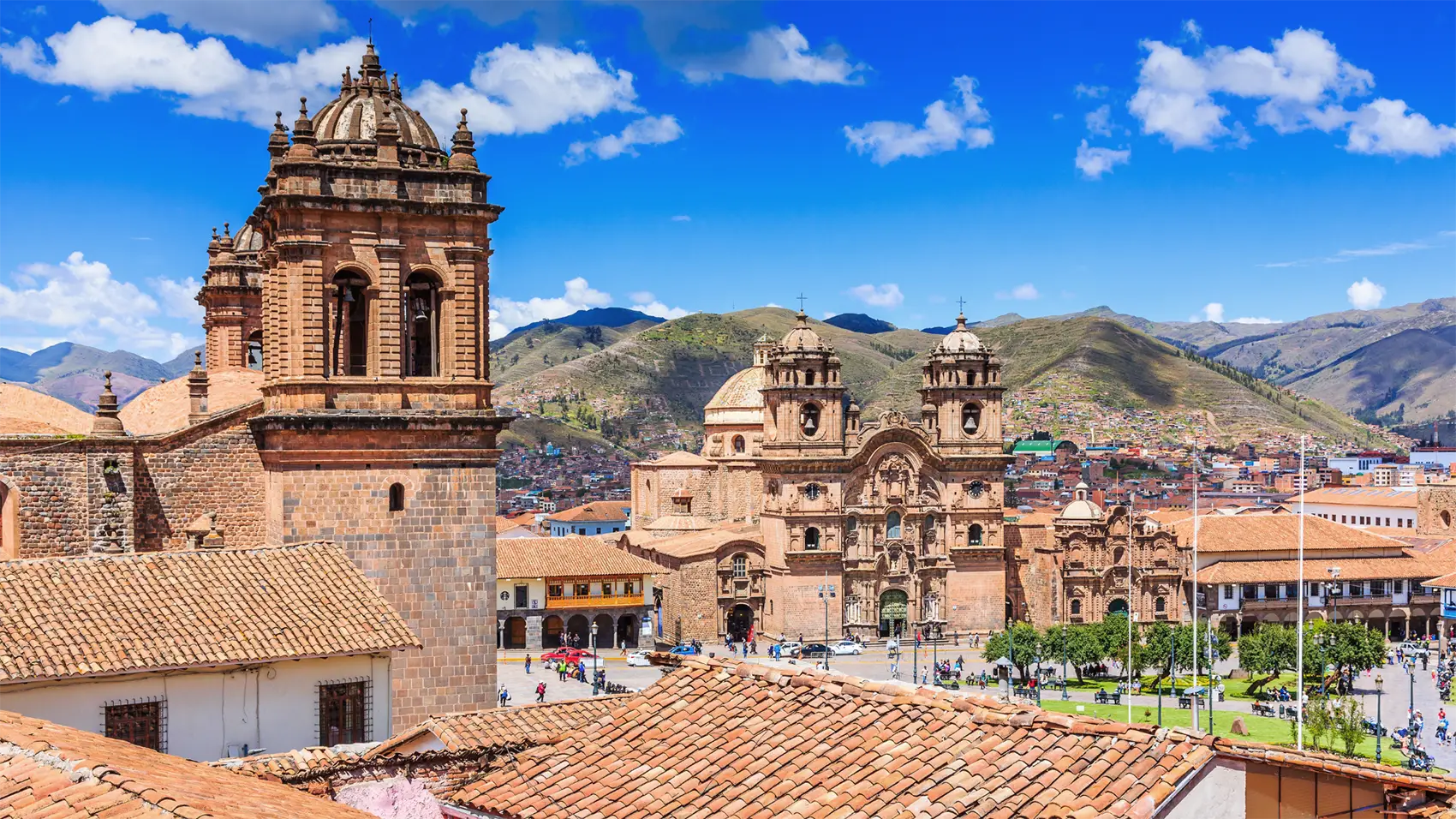
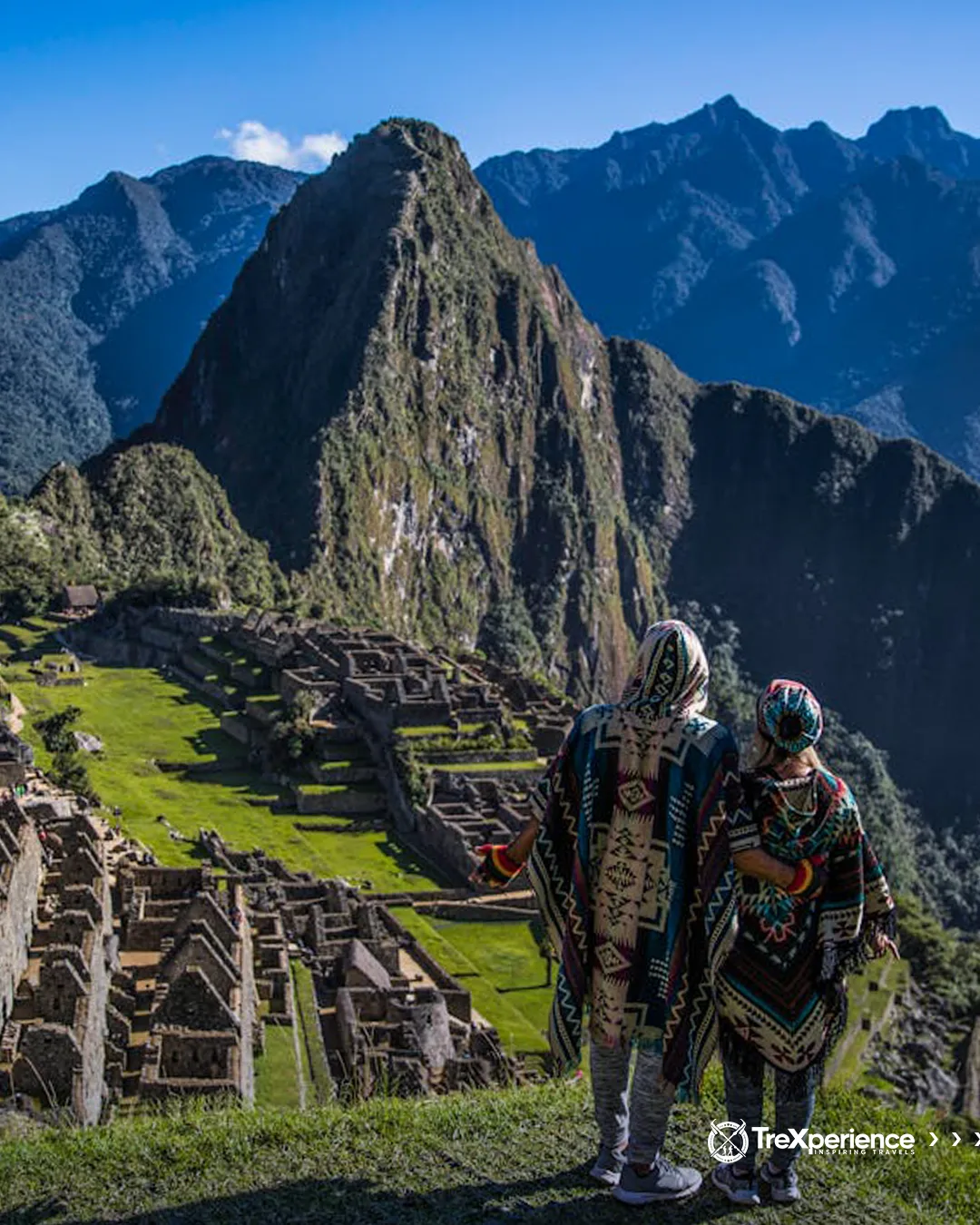
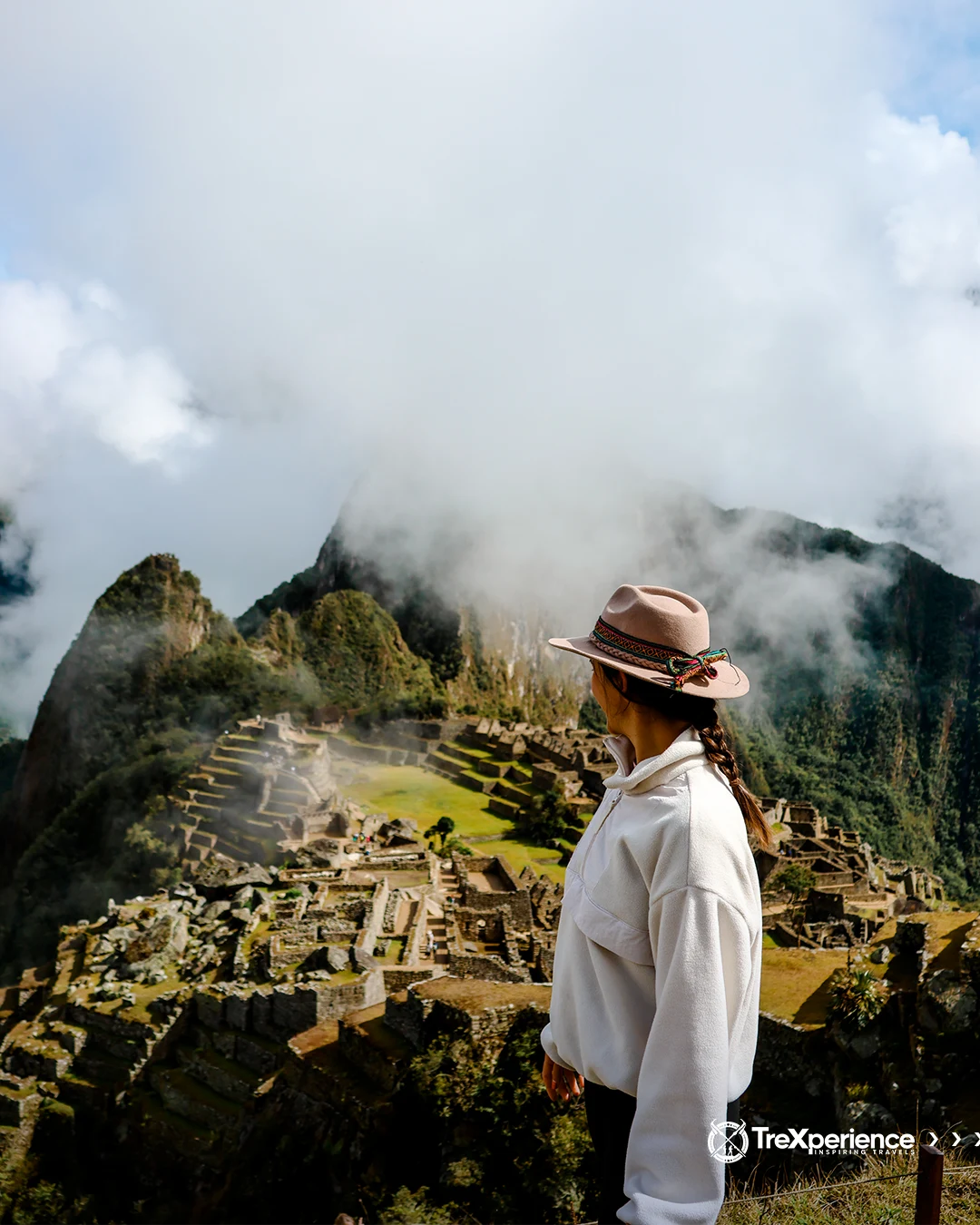
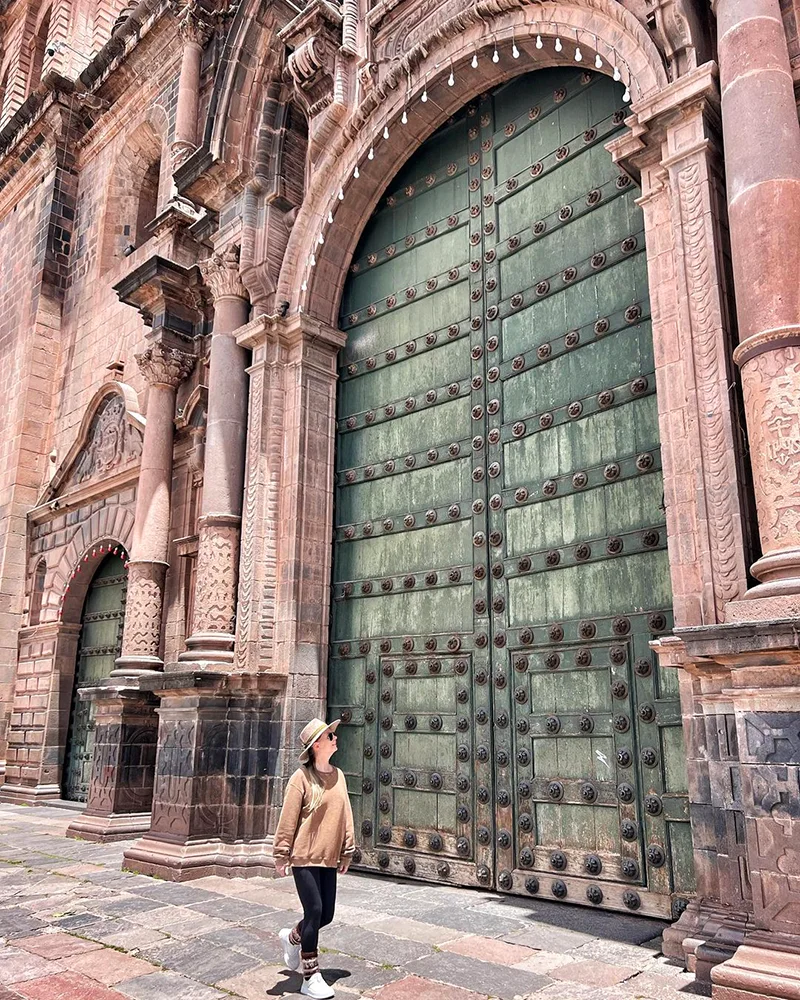
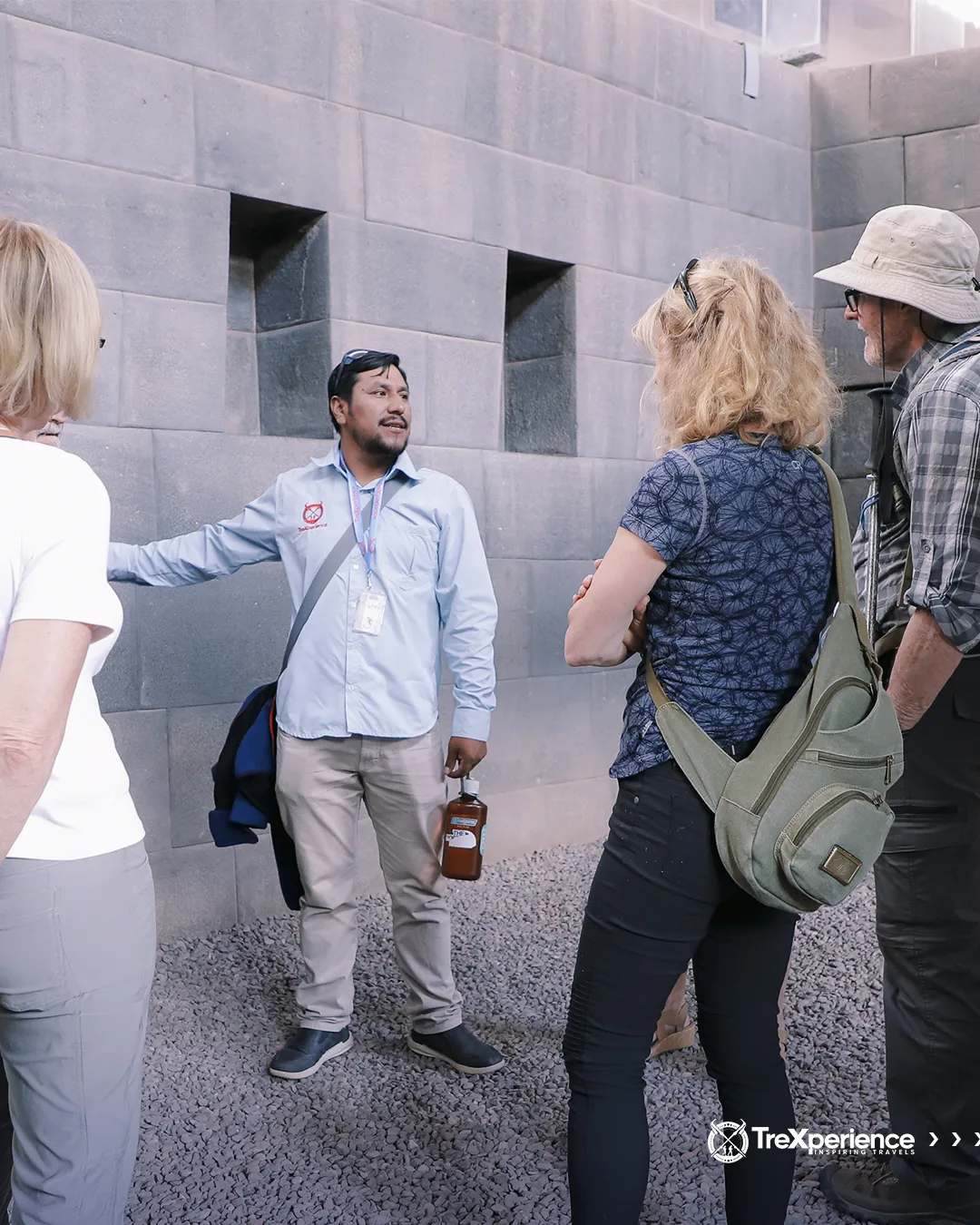
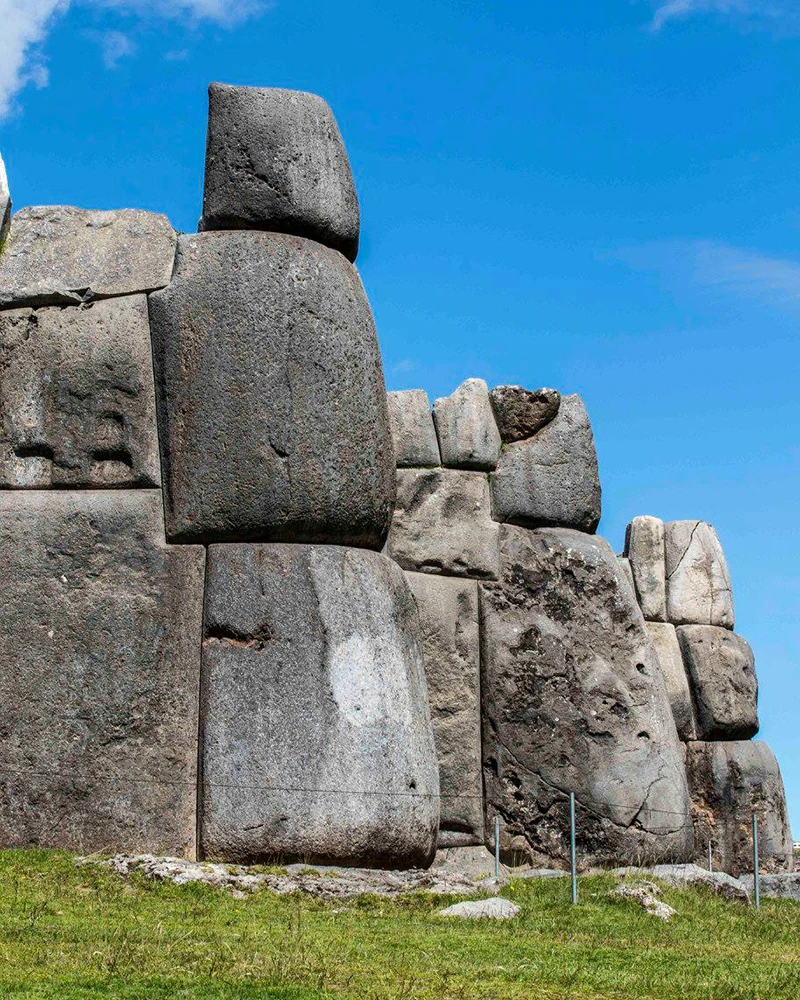
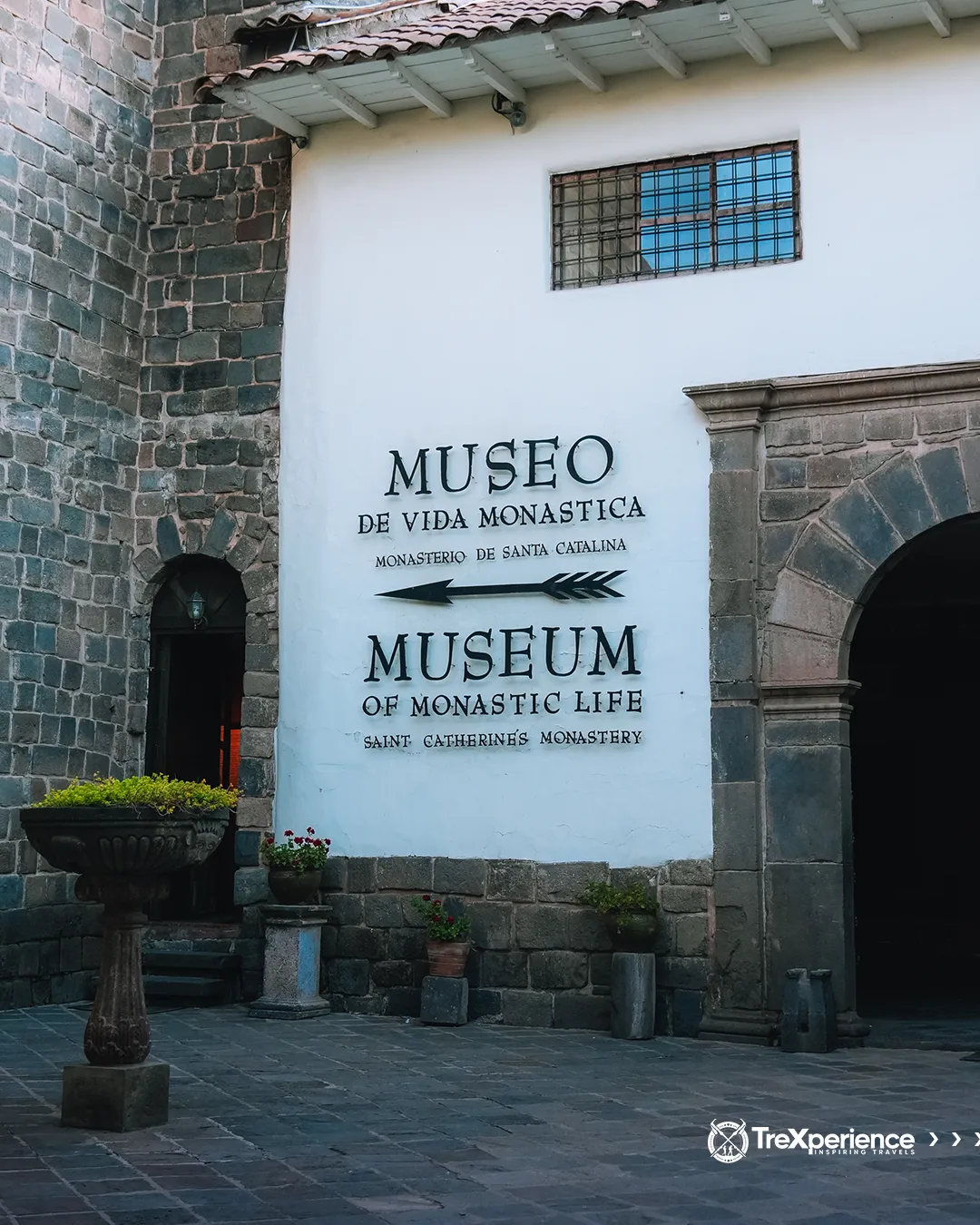
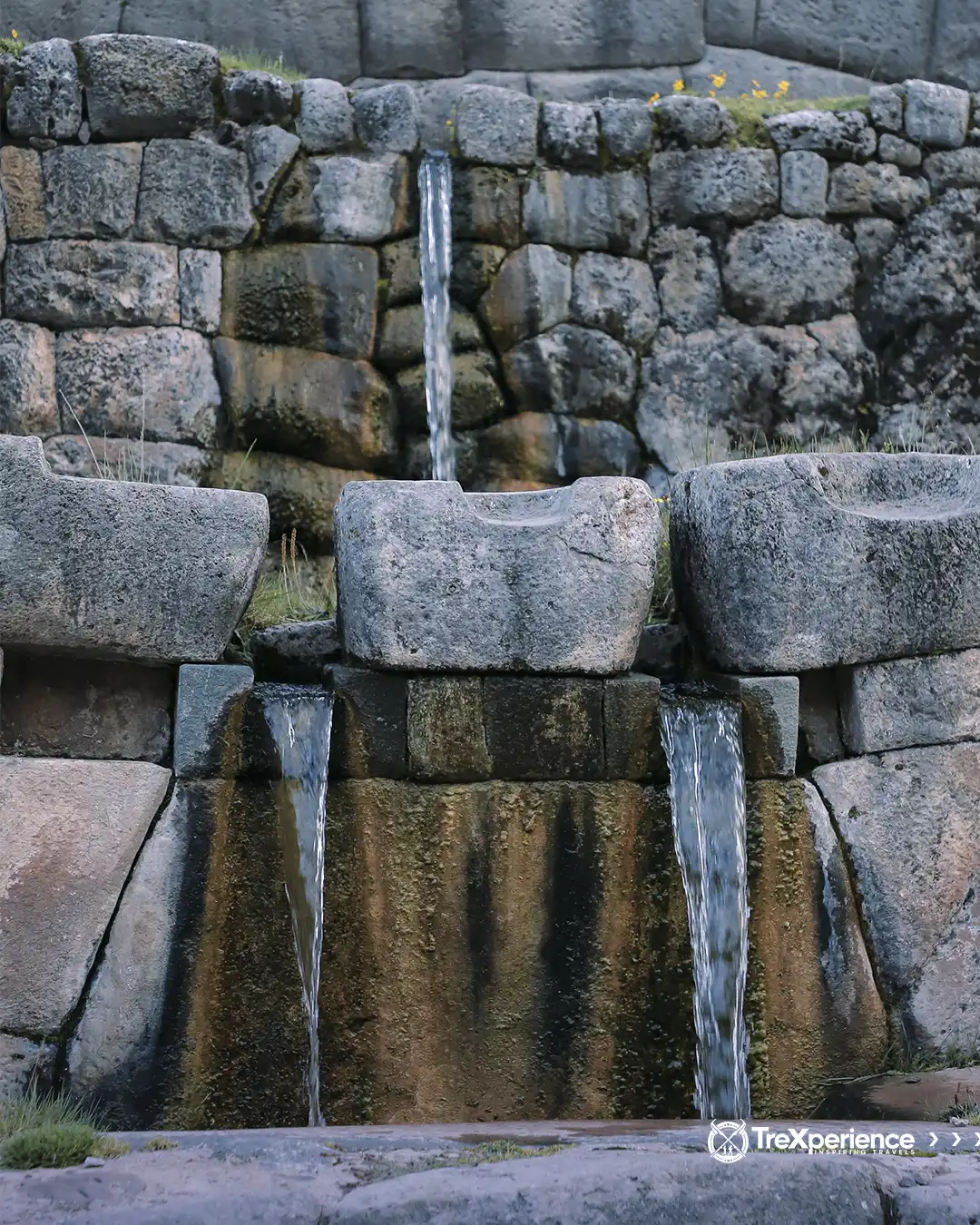
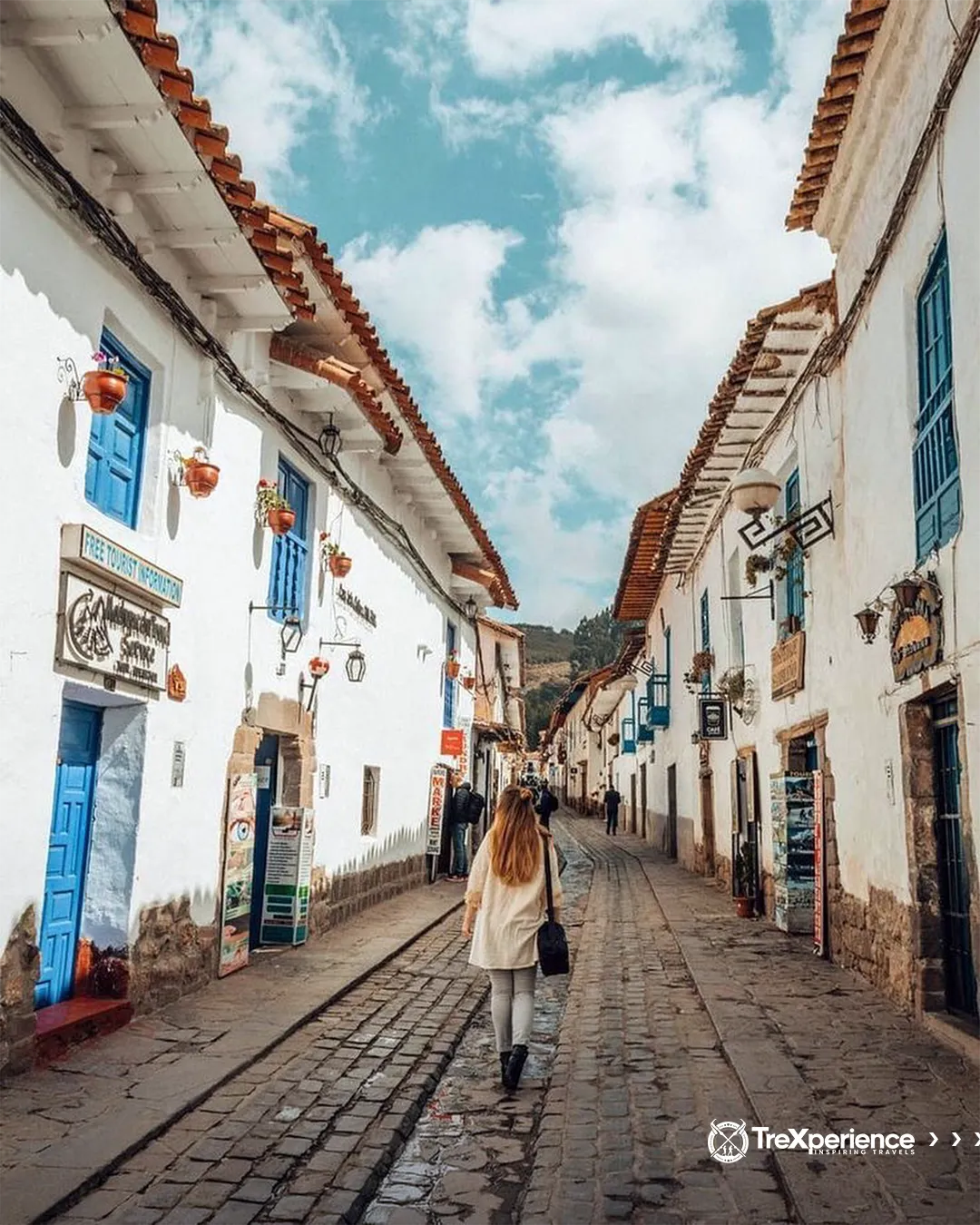
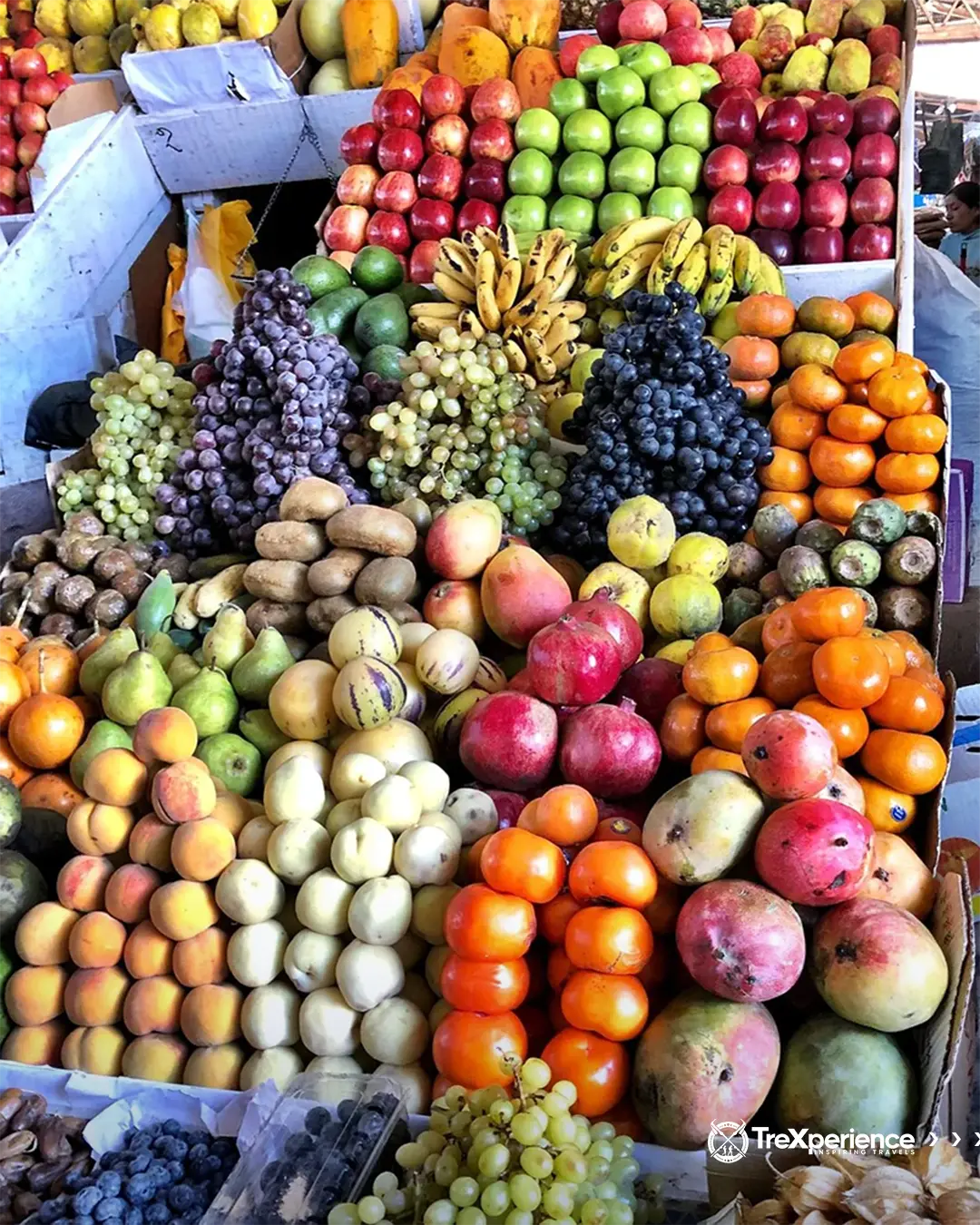
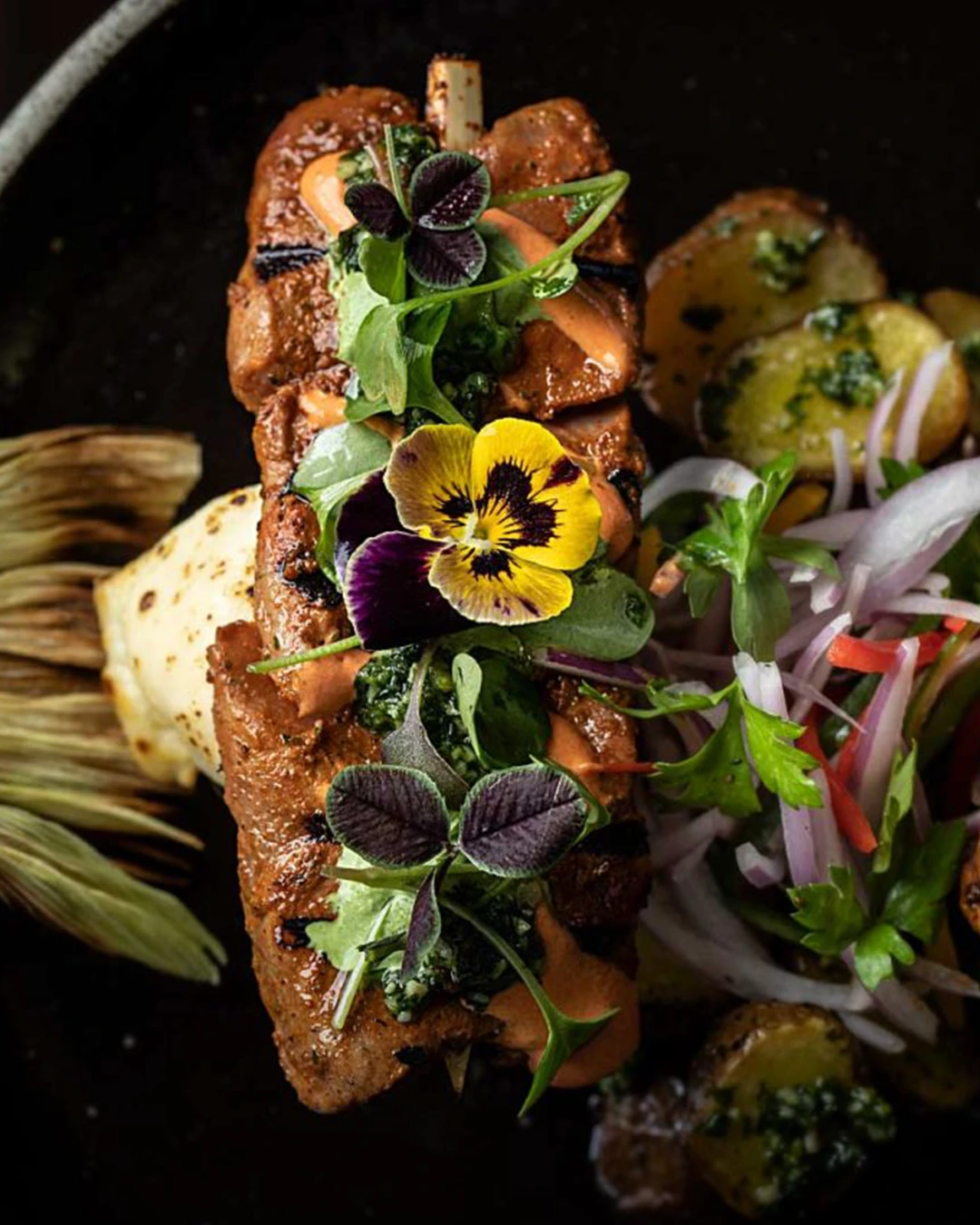
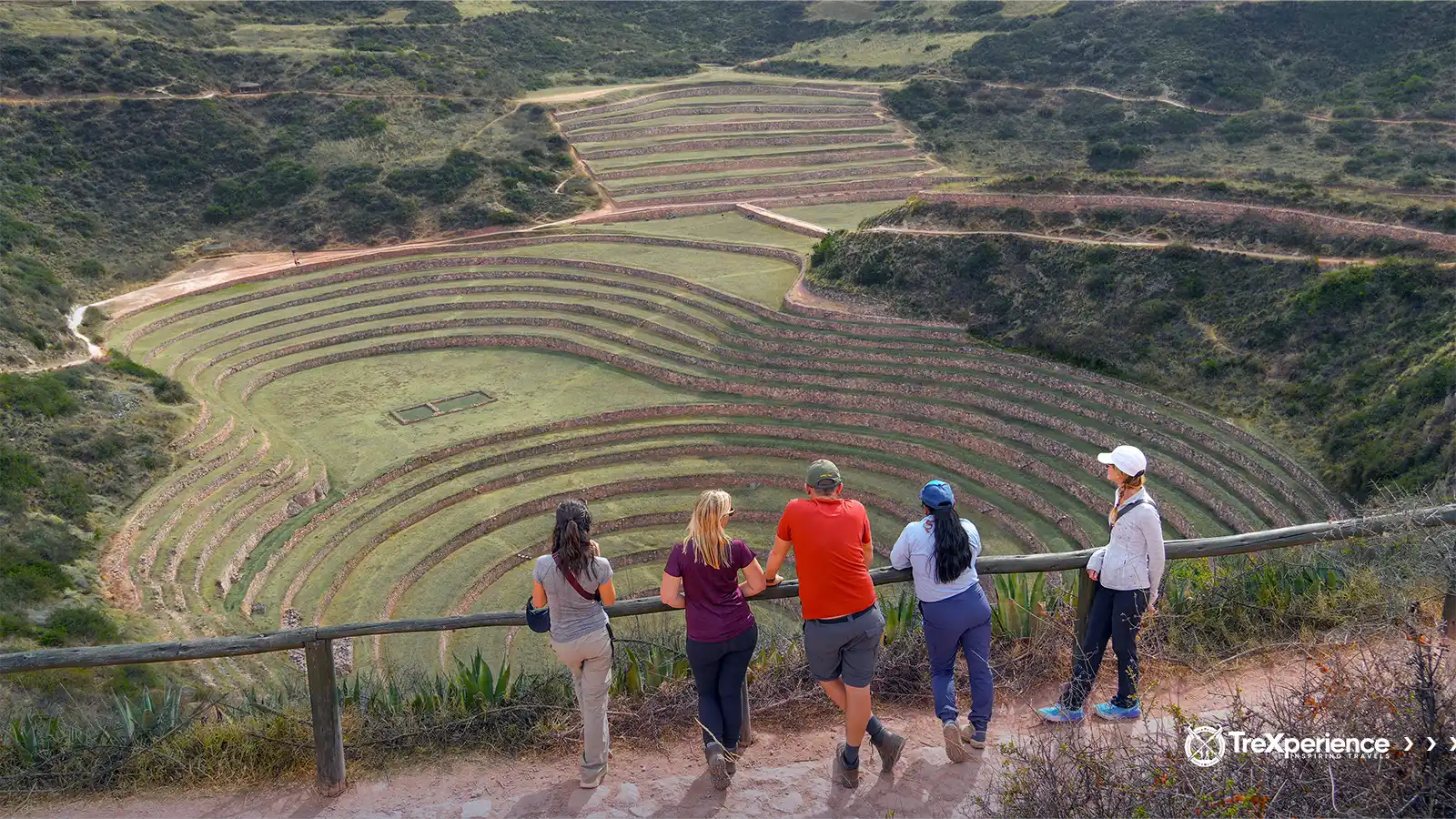
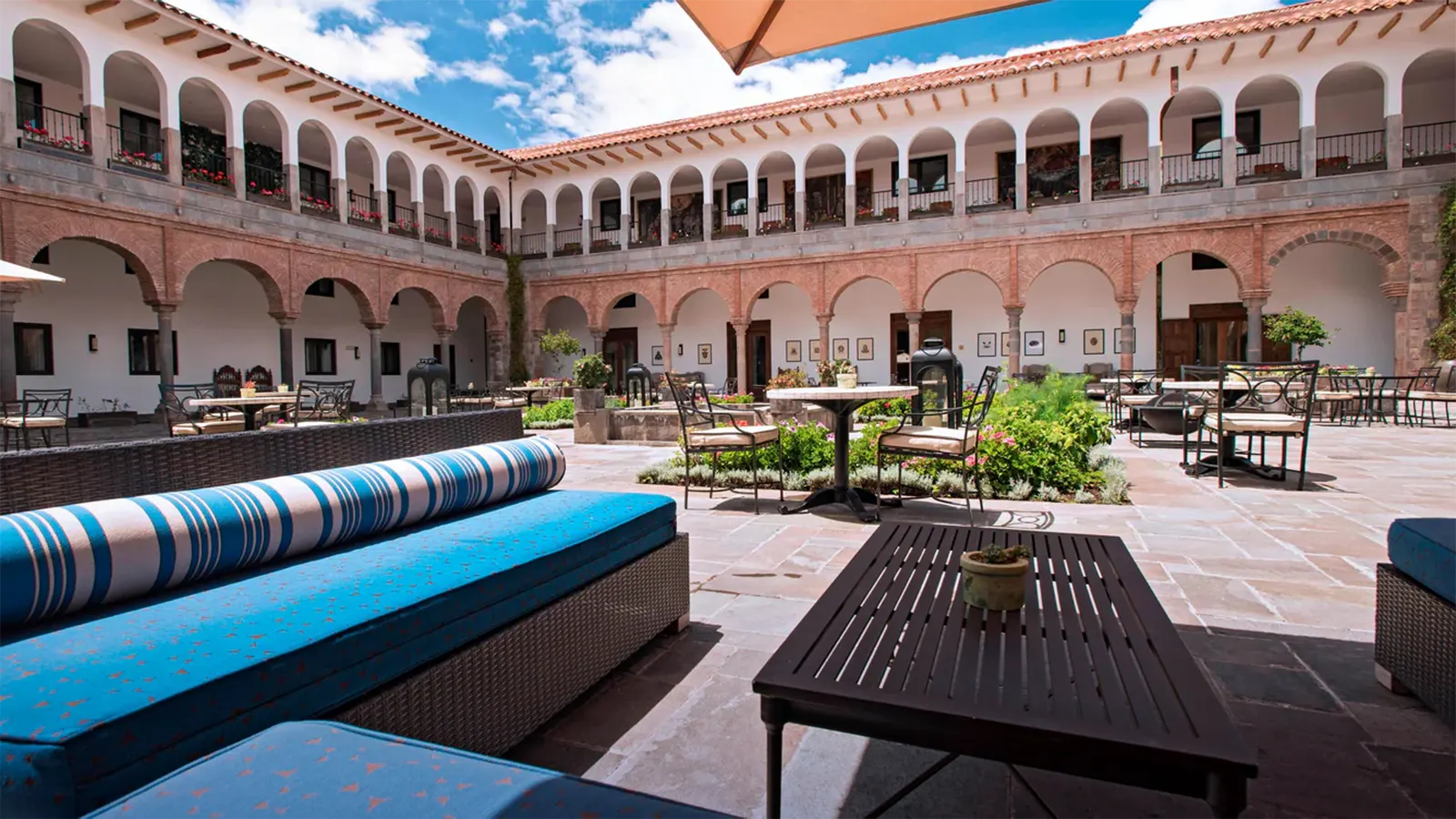
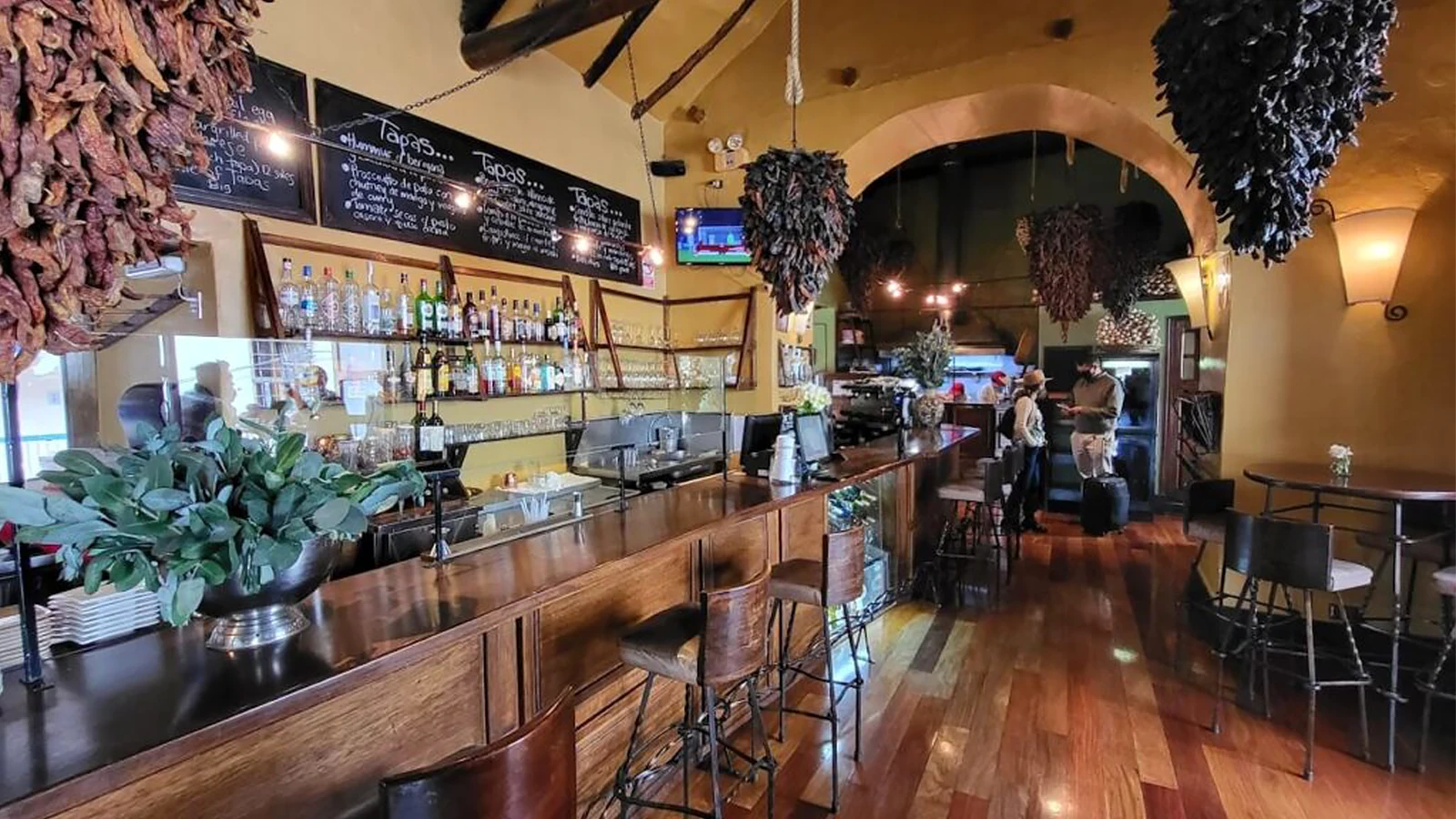
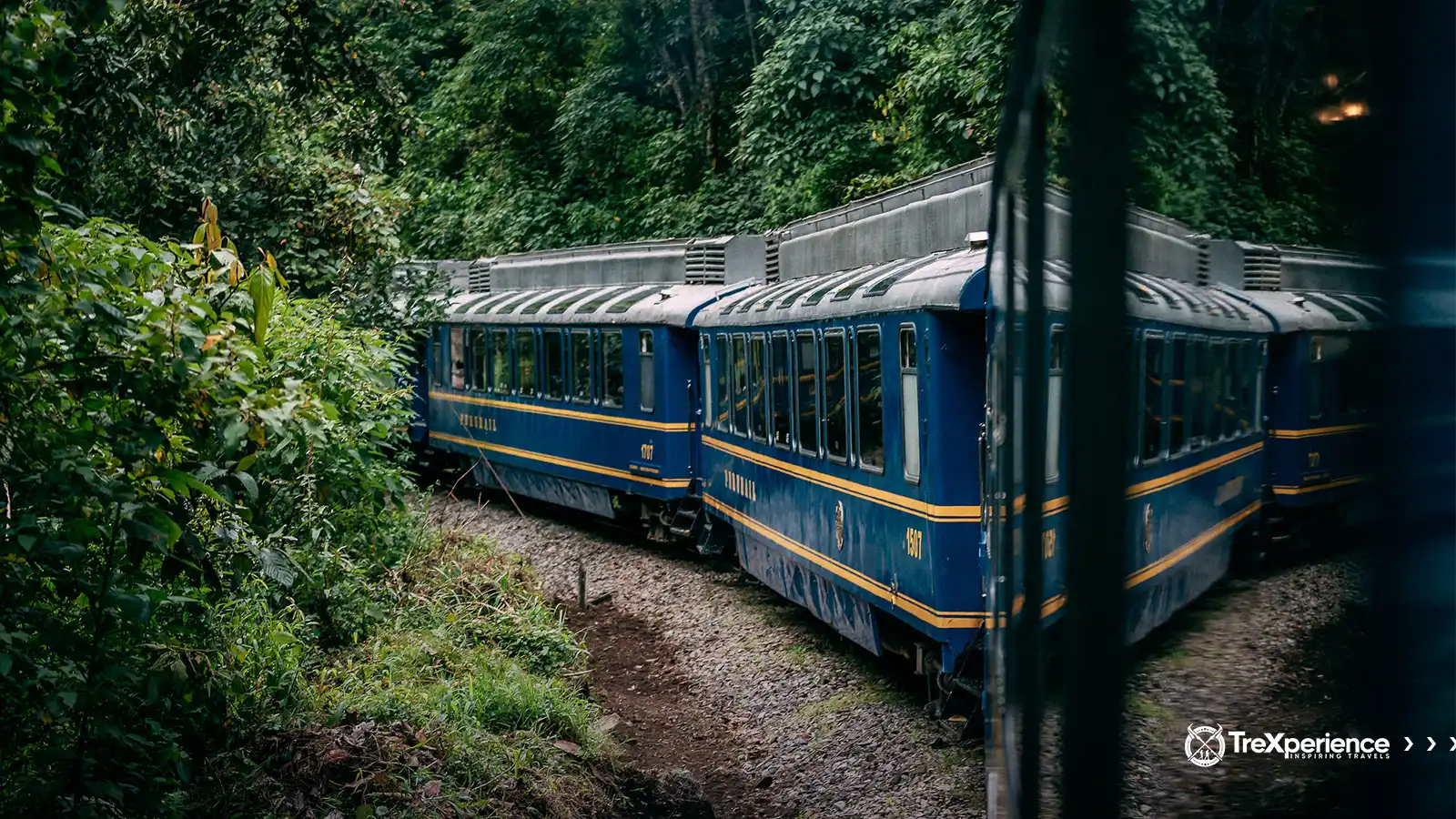
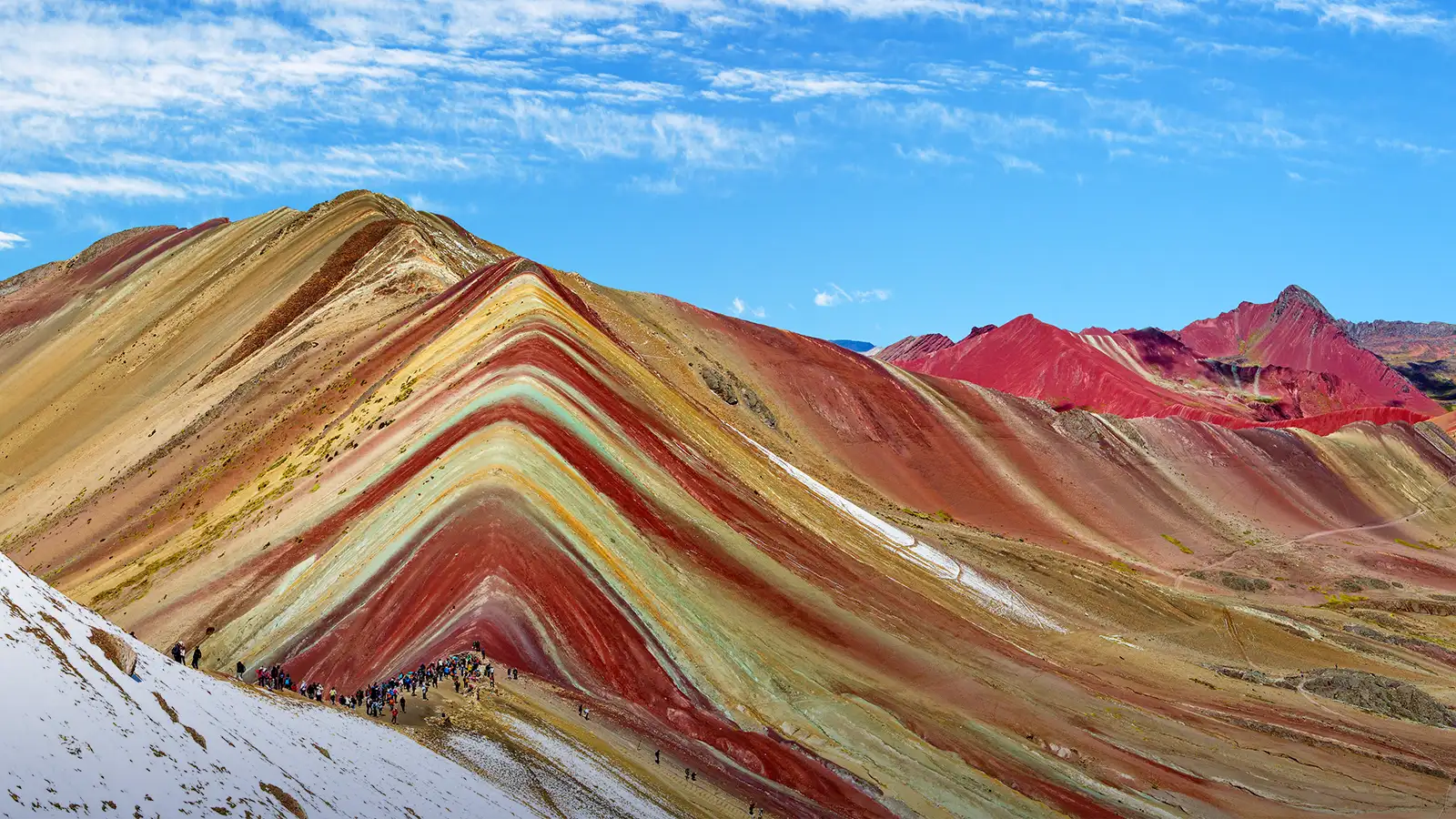
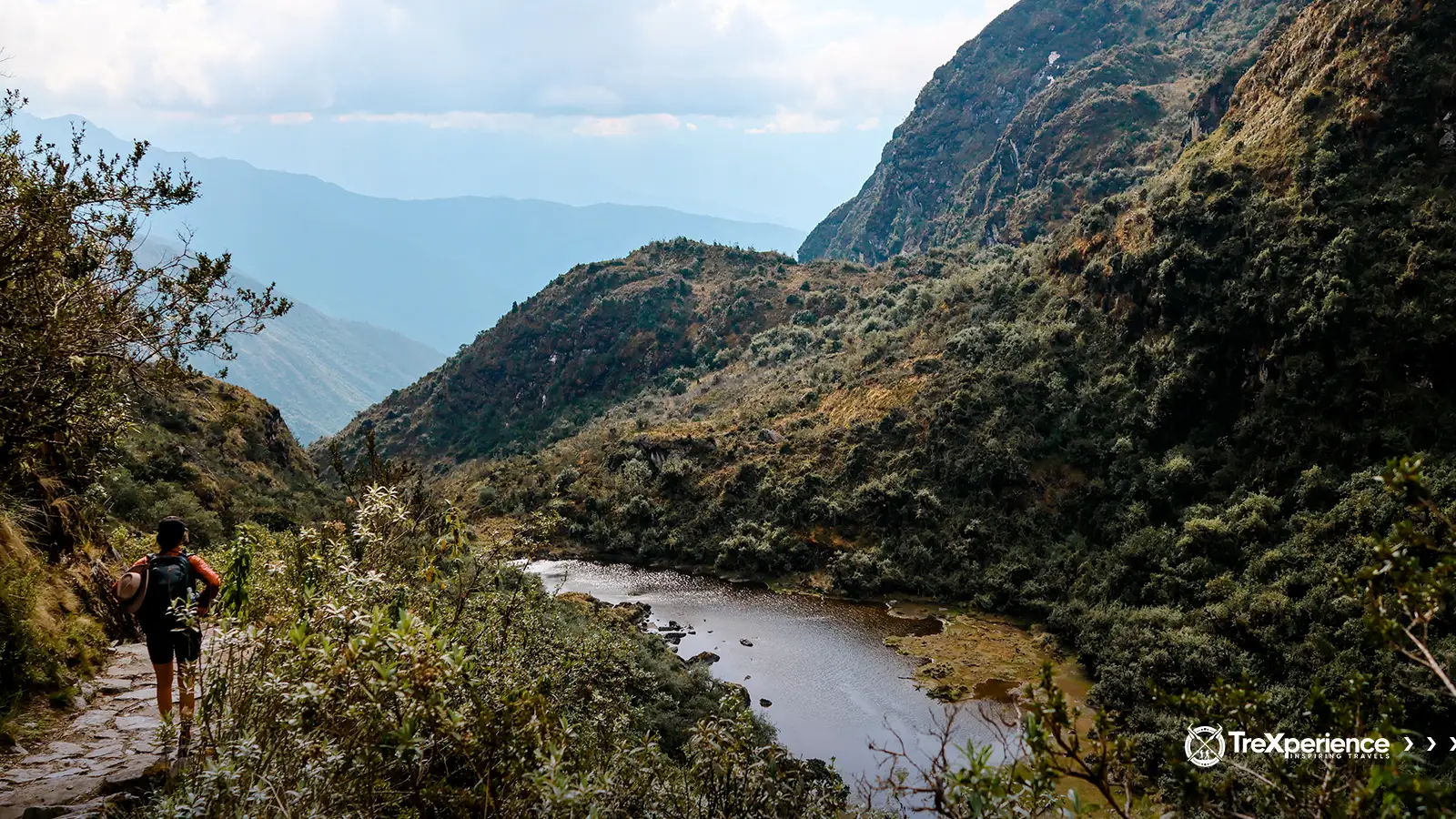
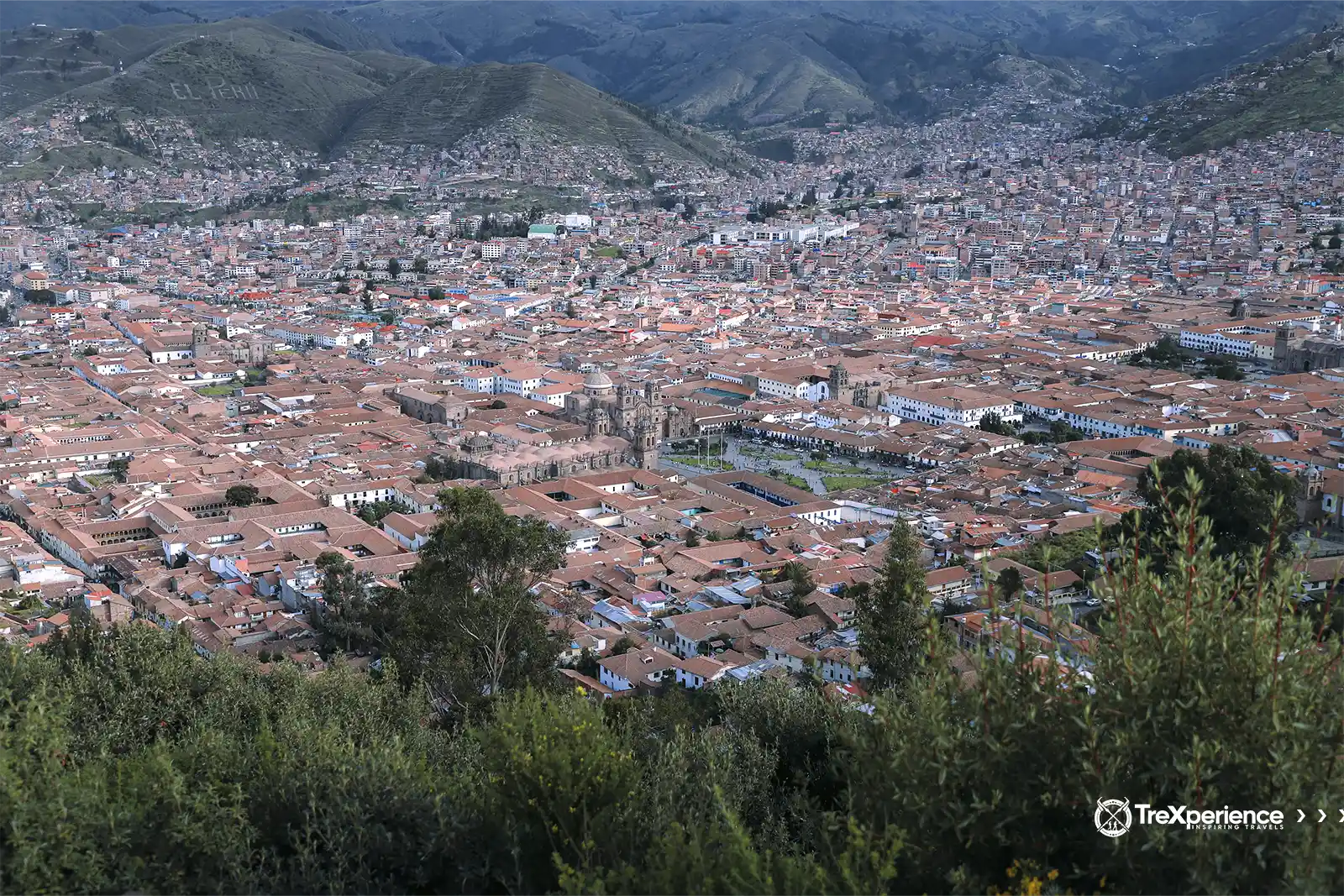
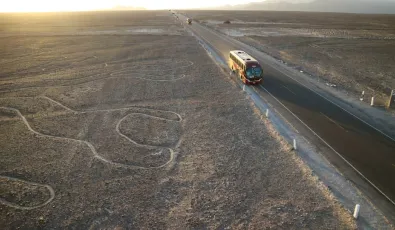

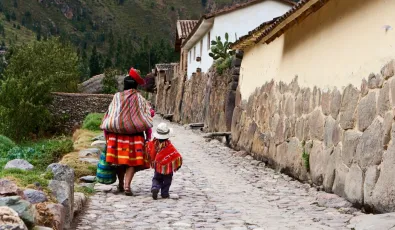

Add new comment